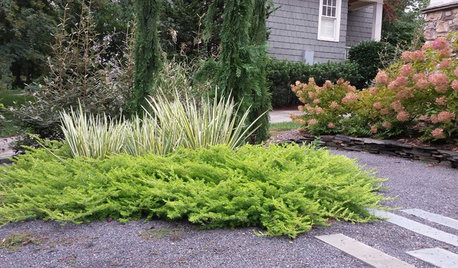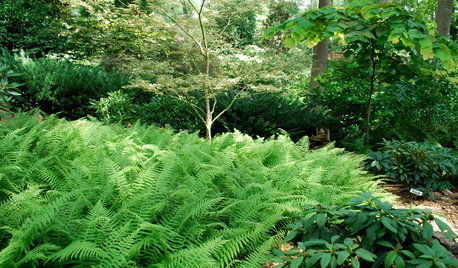Hellebore Breeding
Richard_Harvey
22 years ago
Related Stories

PLANTING IDEASThese Aren’t Your Grandparents’ Junipers
Dislike junipers? Maybe it’s time to discover new varieties and new uses for this garden workhorse
Full Story
PLANTING IDEASFerns: A Shade Gardener’s Best Friend
Bring rich texture and contrast to a dark woodland landscape with wonderfully diverse ferns
Full StoryMore Discussions






suenh
Tim_M
Related Professionals
Prairie Ridge Landscape Architects & Landscape Designers · Willowick Landscape Architects & Landscape Designers · Maple Heights Landscape Architects & Landscape Designers · Williamsburg Landscape Contractors · Beverly Hills Landscape Contractors · Chesapeake Ranch Estates Landscape Contractors · Las Vegas Landscape Contractors · Mashpee Landscape Contractors · Roseville Landscape Contractors · North Aurora Landscape Contractors · Raytown Landscape Contractors · La Grange Carpenters · Nashville Fence Contractors · Summit Fence Contractors · Santa Fe Fence ContractorsRichard_HarveyOriginal Author
Tim_M
Richard_HarveyOriginal Author
Tim_M
Richard_HarveyOriginal Author
Tim_M
Richard_HarveyOriginal Author
Jcoum
Tim_M
bruceNH
Tim_M
bruceNH
Tim_M
bruceNH
Tim_M
Richard_HarveyOriginal Author
Tim_M
Richard_HarveyOriginal Author
Tim_M
bruceNH
Tim_M
Richard_HarveyOriginal Author
Tim_M
Richard_HarveyOriginal Author
Tim_M
Richard_HarveyOriginal Author
Tim_M
Richard_HarveyOriginal Author
Tim_M
bruceNH
Tim_M
Richard_HarveyOriginal Author
bruceNH
Richard_HarveyOriginal Author
Tim_M
Richard_HarveyOriginal Author
Tim_M
Richard_HarveyOriginal Author
Richard_HarveyOriginal Author
Richard_HarveyOriginal Author
Tim_M
Richard_HarveyOriginal Author
Tim_M
Richard_HarveyOriginal Author
Tim_M
Richard_HarveyOriginal Author
Tim_M
Richard_HarveyOriginal Author